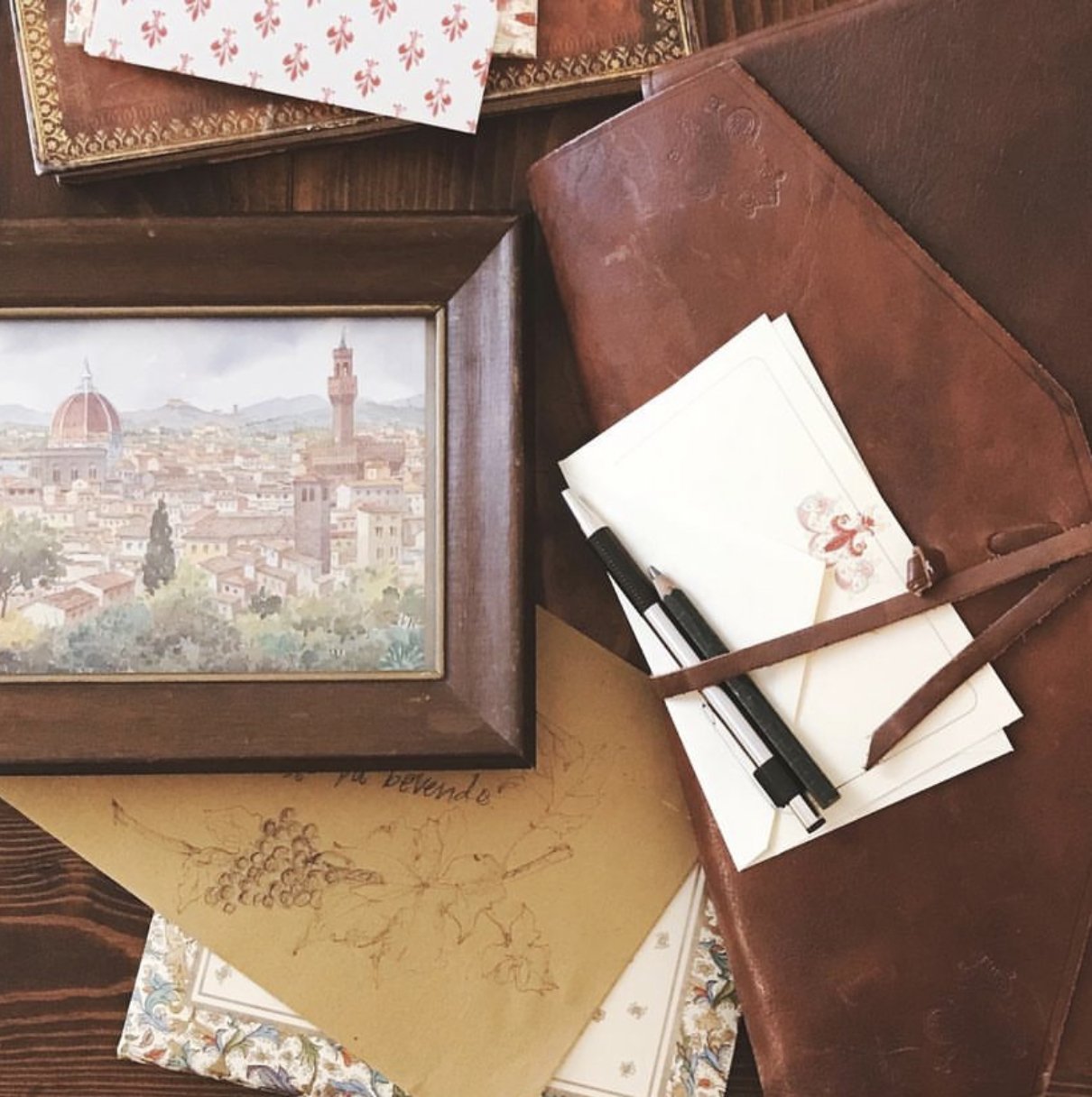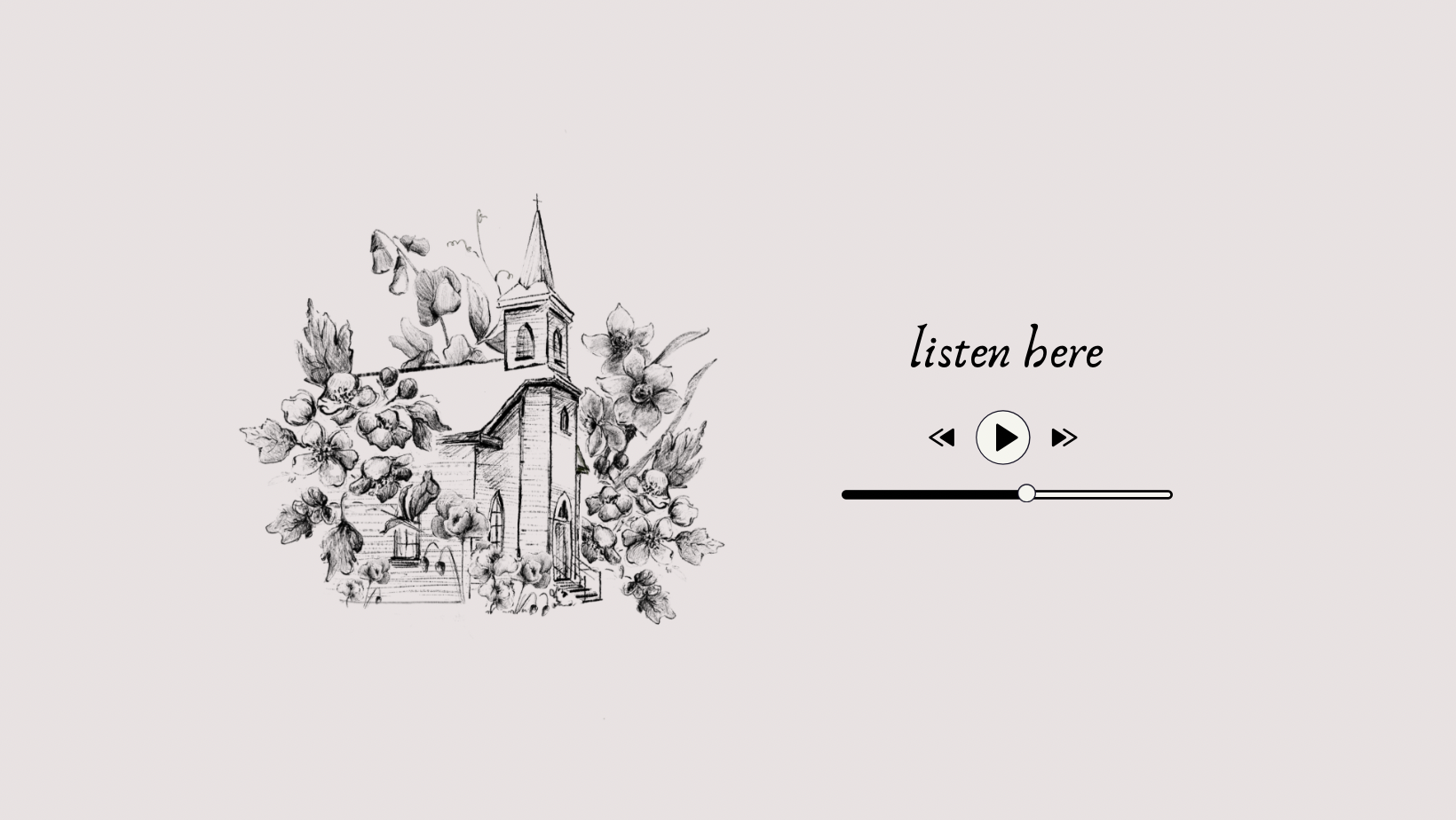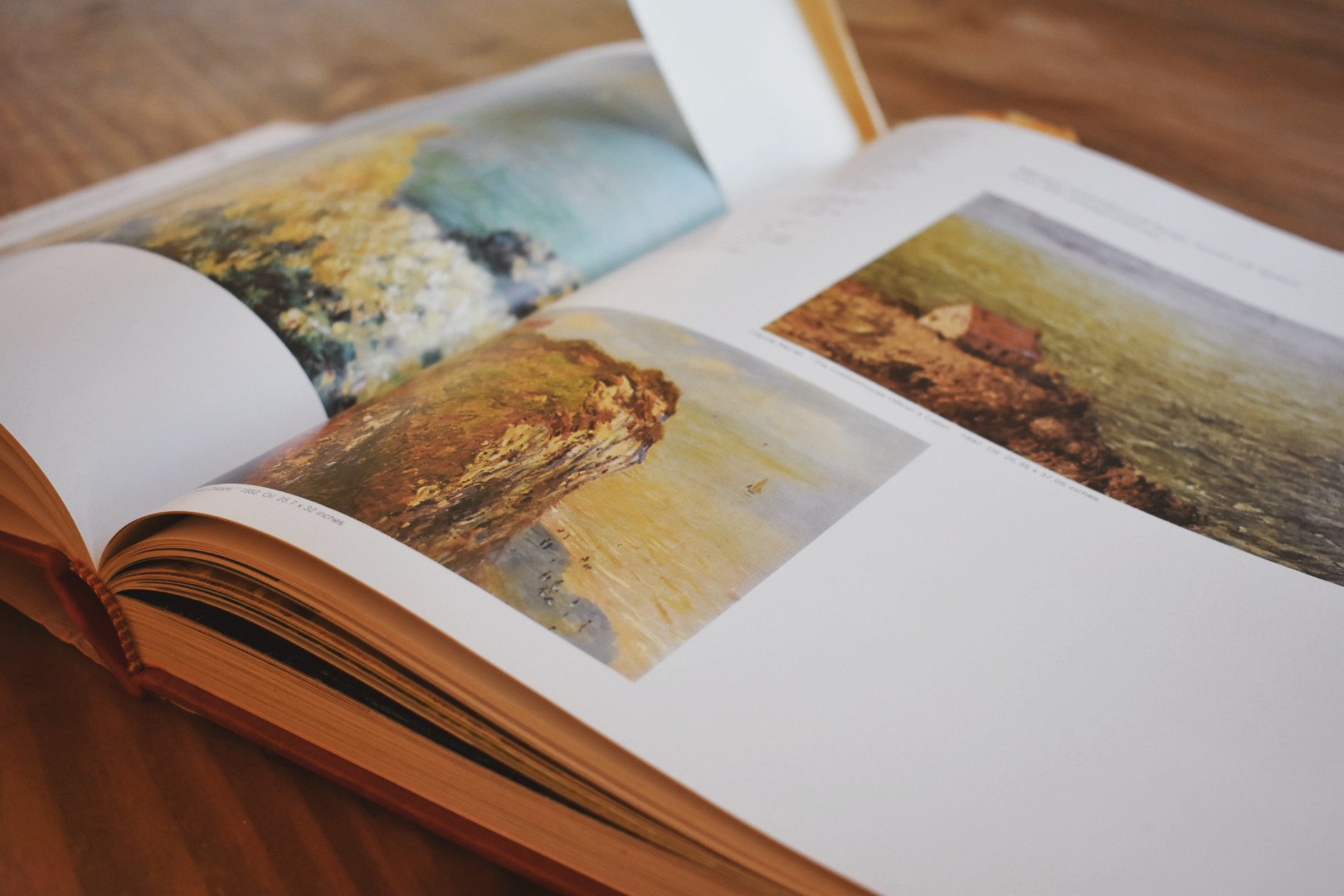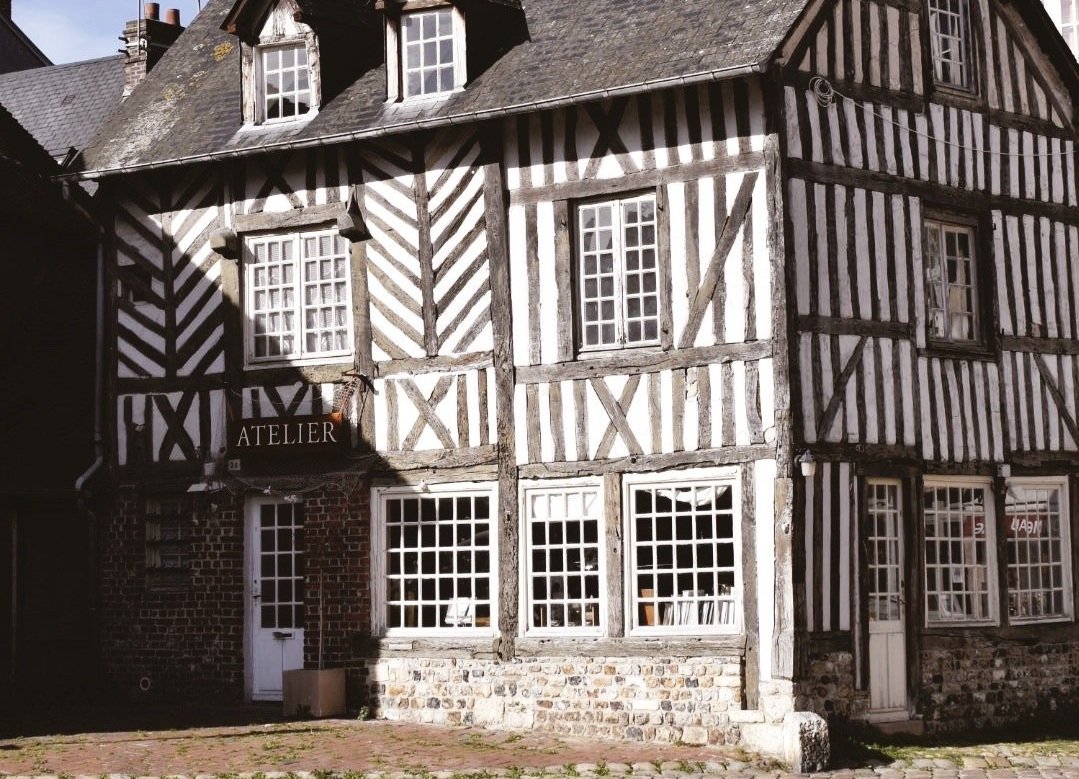
Katy Rose Collection: Art, Words
Friday Hymn: Jesus, I Come to Thee
JESUS, I COME TO THEE
-1877-
Words by: William T. Sleeper
Music by: George C. Stebbins
In her book, In My Father’s House, Corrie ten Boom tells about the children she worked with for years who had disabilities. One day she walked through the old cobblestone streets of Haarlem, in Holland, to visit one of the boys who attended her little class. In his cramped house, she found him up in his attic room. “I went upstairs and found Henk on his knees in front of a chair. Before him was an old dirty picture of Jesus on the cross. I stopped at the door to listen, for Henk was singing. His voice was soft and hoarse.
Out of my bondage, sorrow, and night,
Jesus, I come! Jesus, I come!
Into Thy freedom, gladness, and light,
Jesus, I come to Thee!
Out of my sickness into Thy health,
Out of my want and into Thy wealth,
Out of my sin and into Thyself,
Jesus, I come to Thee!”
Corrie writes, “I’ve heard Bach played by Schweitzer, and anthems sung by gigantic choirs, but at that moment I felt as if I were in a cathedral with angels surrounding me. I tiptoed back downstairs without disturbing him, praising God again for the love he brings…”
The hymn was written about 50 years before, in Worcester, Massachusetts, where William T. Sleeper was engaged in mission work. He later traveled to Maine as a missionary, establishing three churches, before returning to Worcester where he ministered for thirty more years. I hope he would be delighted to hear his song sung by a little boy in an attic in Holland.
Painting in France & Delightful Supplies
Impressionism
Bonjour! The way I often describe this style of painting to my children or the ladies in my art class is this:
Before the invention of the camera, it was important for paintings to be much more realistic, almost like record-keeping. Painstaking detail was used with great technical skill. With the invention of the camera, artists began branching out a bit into new ways of expression. This was, of course, met with much opposition at first and the art of people like Claude Monet was considered bad and unappealing. But Monet liked what he created and kept at it, basically inventing a style that was not realistic, but gave the “impression” of the scene he wanted to convey. His style was loose and free.
Early on, I created much more realistic art, but I’ve grown over the years to really prefer Impressionism. It’s unique to the artist, stylized, and forgiving.
These are the reasons I love to create this style with my children, and with the women who are new to art in my class.
While it’s a bit more “free” than realism, it still works within boundaries, with attention to perspective, light, color, and contrast.
Monet painting from the streets of Honfleur
Honfleur, France
My husband and I traveled last fall with our friends to this dream-like coastal village of Honfleur, where Monet came to do much of his painting, along with many other Impressionism painters.
From the Normandy tourism website:
“Honfleur’s beauty has long attracted artists, with works of art to be found in the town’s many museums and galleries. Honfleur takes particular pride in its Impressionist roots – Claude Monet’s mentor Eugène Boudin was born in the town, and Monet and his contemporaries would often set up their easels at the Ferme Saint-Siméon on the hill above Honfleur, to capture the beautiful light of the Seine estuary.”
What an idyllic place.
Wouldn’t it be amazing to take an outdoor painting class in this spot with so much art history?
A few Art supplies I love for travel
This Moleskin notebook for sketches and journaling (love the pocket for postcards and mementos)
This Strathmore notebook for painting (gorgeous quality)
A pen holder for your journal (love these!)
Water pens for watercolors
Watercolor Paints, the most basic child’s set will work great, or try something fun like THIS.
Pencils
Ink pen (what I use for my sketches!)
This portable photo printer for a couple daily print-outs!
Washi Tape in colors I love to tape in paper memories
post contains Amazon Affiliate links
Come, Thou Fount of Every Blessing
Come, Thou Fount of Every Blessing
By Robert Robinson
Norfolk, England
1758
After young Robert’s father died, his mother had trouble controlling his unruly ways. She sent him as a teen to London so he could learn to be a barber, but drinking and gang-life consumed him. Then, one night, after feeling uneasy about seeing a fortune teller, he stumbled in to hear a preacher. He quickly sobered up as the preacher talked about sin and grace, and soon after surrendered his life to Christ. He became a minister, sometimes writing hymns to go along with his sermons. That is how Come, Thou Fount of Every Blessing came to be, his prayer for God’s mercy to flood our hearts, enabling us to forever sing His praise.
Information drawn from “Then Sings My Soul” by Robert J. Morgan


















